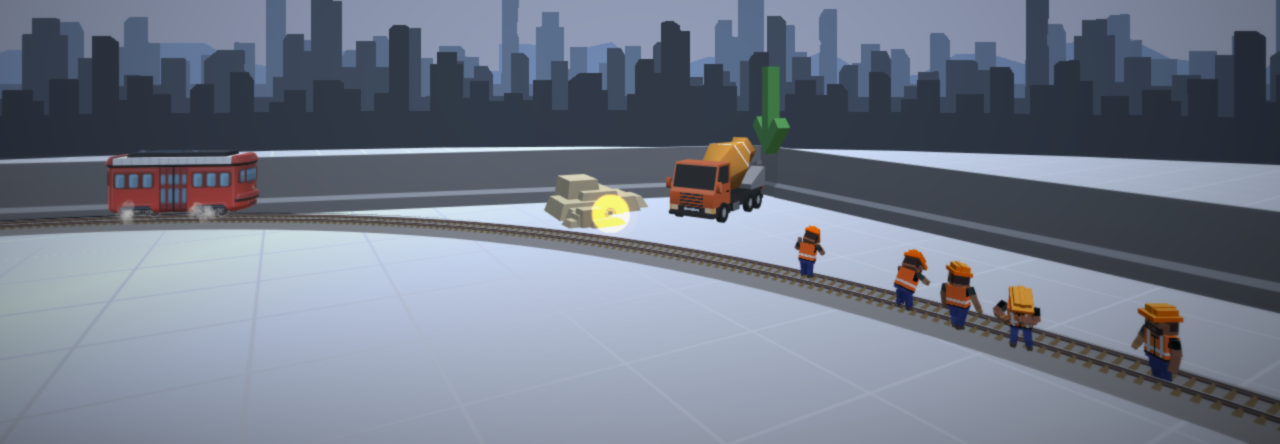
I’m a fan of escape rooms and I keep finding myself writing about them (and bring trapped in them). First it was my book Escape the Game and now it’s chapter in a book on using games in education. Along with Markus Wiemker, and Errol Elumir, I co-authored an article on escape room games titled
“Can you transform an unpleasant situation into a pleasant one?”
In short, our conclusion is yes you can.
The article goes into more than just thoughts on using escape rooms in learning, we wanted to provide a way to think about and discuss escape rooms as they grow in popularity. We have created a potential framework for understanding escape rooms and discussing the puzzles found within them.
Dialogorientierung & spielerisches Lernen analog und digital
Here’s a short excerpt from what we wrote in Game Based Learning -English Dialog Orientation & playful learning analog and digital:
Puzzle Types in Escape Rooms
Puzzles can be categorized into two basic approaches: mental and physical.A mental puzzle makes use of the player’s thinking skills and logic. In order to overcome the mental puzzle, the players must deduce, correlate, or decipher clues to arrive at an answer. This type of puzzle is cognitive.
A physical puzzle, sometimes known as a ‘task’ or a ‘twitch’ puzzle requires the manipulation of real world artifacts to overcome the challenge and get the reward. For example, a maze is a task based puzzle. There is no ‘trick’ in solving the maze, you just need to get to the exit. Crawling through a laser grid is another task based puzzle. These puzzles are usually used to eat up time or provide a challenge for people who do not like mental gymnastics.
These puzzle types can obviously be used in combination with one another. A cryptogram may take a while to deduce, however, once the answer key is figured out, it will also take a while to translate. Or possibly a puzzle is obscured by darkness so another player needs to generate light via a bicycle.
Lastly, there is one more type of puzzle which is the meta puzzle. Although not a separate type, this tends to be used as the final puzzle for an escape room. In a meta puzzle, the final answer is derived from solving previous puzzles. For example, let’s say as the players progress through the room, jigsaw puzzle pieces are found with every other puzzle solved. Once they have completed all the other puzzles do they get every jigsaw piece. This jigsaw is the meta puzzle and when put together, it will lead the way out.
From:
Escape Room Games
“Can you transform an unpleasant situation into a pleasant one?”
By: Markus Wiemker, Errol Elumir, Adam Clare
Which can be found in Game Based Learning – Dialogorientierung & spielerisches Lernen analog und digital. You can get the book here, or a PDF here.
If you’re interested in learning more about puzzle and escape rooms check out my book: Escape the Game.




You must be logged in to post a comment.